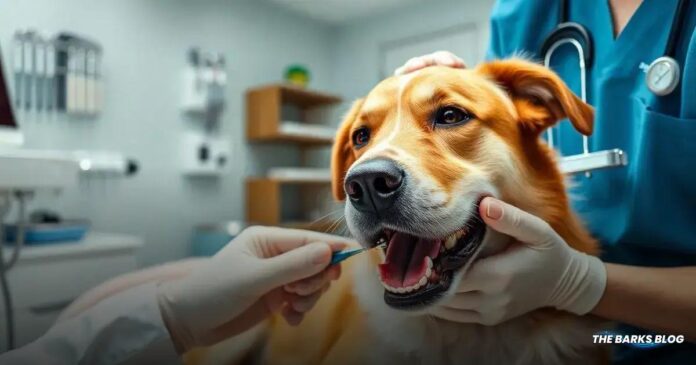Dog tooth extraction is an important dental procedure often required due to issues like periodontal disease, fractured teeth, or infections. The process involves anesthesia, dental cleaning, and careful removal of the affected tooth, with most dogs recovering within one to two weeks. Preventive care, including regular dental check-ups and at-home hygiene, can help minimize the need for extractions in the future. It’s crucial for pet owners to stay informed about potential complications and follow their veterinarian’s guidance to ensure their dog’s health and comfort.
Dog tooth extraction is a necessary procedure to maintain your pet’s dental health and comfort. Understanding the costs, reasons, and recovery tips can help you prepare for this important step.
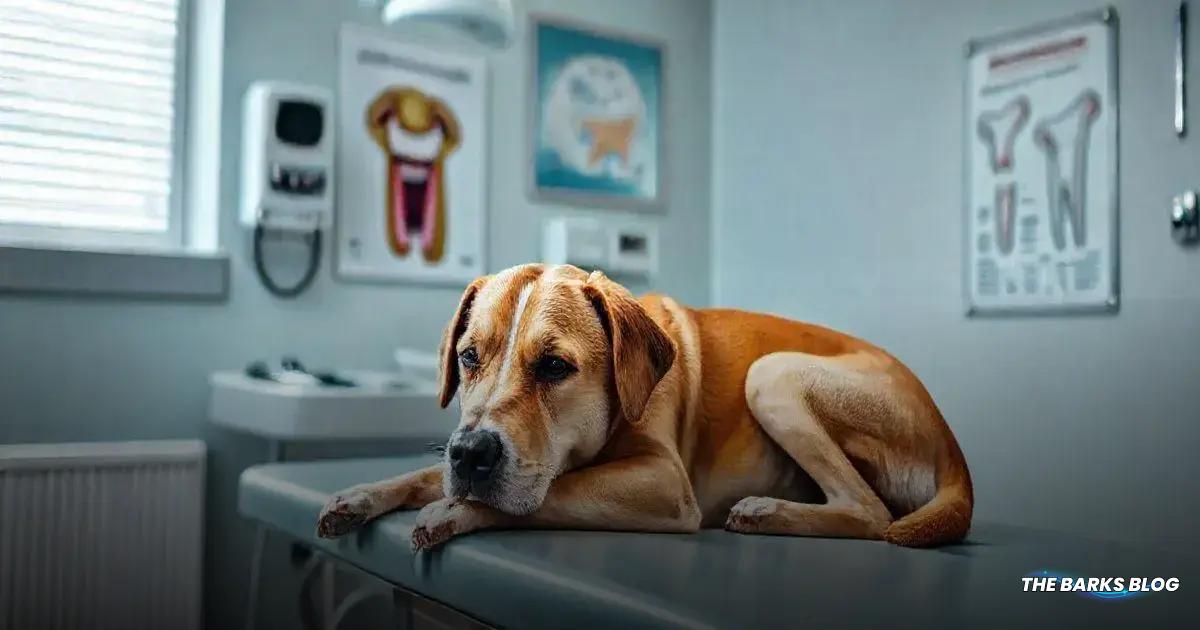
What is a Dog Tooth Extraction?
A dog tooth extraction is the surgical removal of a tooth, typically performed under general anesthesia as part of a dental cleaning and examination.
This procedure is crucial for maintaining your dog’s dental health, especially when a tooth is damaged, infected, or poses a risk of further complications.
During the extraction, veterinarians may utilize a dog dental chart to document the specific teeth that need to be removed.
If your vet recommends an extraction, it usually indicates that the damage to the tooth cannot be reversed through cleaning alone.
Leaving a damaged tooth untreated may lead to increased pain or infection, making timely extraction essential.
Overall, a tooth extraction is a common procedure that helps ensure your dog’s comfort and long-term dental health.

Why Dogs May Need to Have Their Teeth Pulled
Dogs may need to have their teeth pulled for several reasons, primarily related to dental health issues. A tooth extraction is often necessary if a dog’s tooth is damaged, loose, infected, or causing pain. The most common reasons for tooth extractions include:
Periodontal Disease
Periodontal disease is the leading dental problem in dogs. This serious condition affects the gums, bone, and ligaments supporting the teeth. It begins with bacteria creating plaque on the teeth, which hardens into tartar, leading to gingivitis and ultimately advanced periodontal disease. If left untreated, this can result in pain, tooth decay, and even systemic health issues.
Fractured Teeth
Dogs that chew aggressively or play with hard objects may fracture their teeth. These fractures can expose the sensitive tooth pulp, causing significant pain and increasing the risk of infection.
Tooth Root Abscess
A tooth root abscess occurs when bacteria enter a broken or diseased tooth, leading to a pocket of pus forming around the root. This condition is incredibly painful and often requires extraction of the affected tooth.
Other Reasons
Additional reasons for tooth extractions in dogs include:
- Malocclusion (misalignment of a dog’s teeth)
- Retained deciduous teeth (when a puppy tooth fails to fall out after the permanent tooth has grown in)
- Unerupted teeth
- Teeth next to an oral tumor
In some cases, a veterinary dentist may perform a root canal as an alternative to extraction, allowing the tooth to be saved if the situation permits.
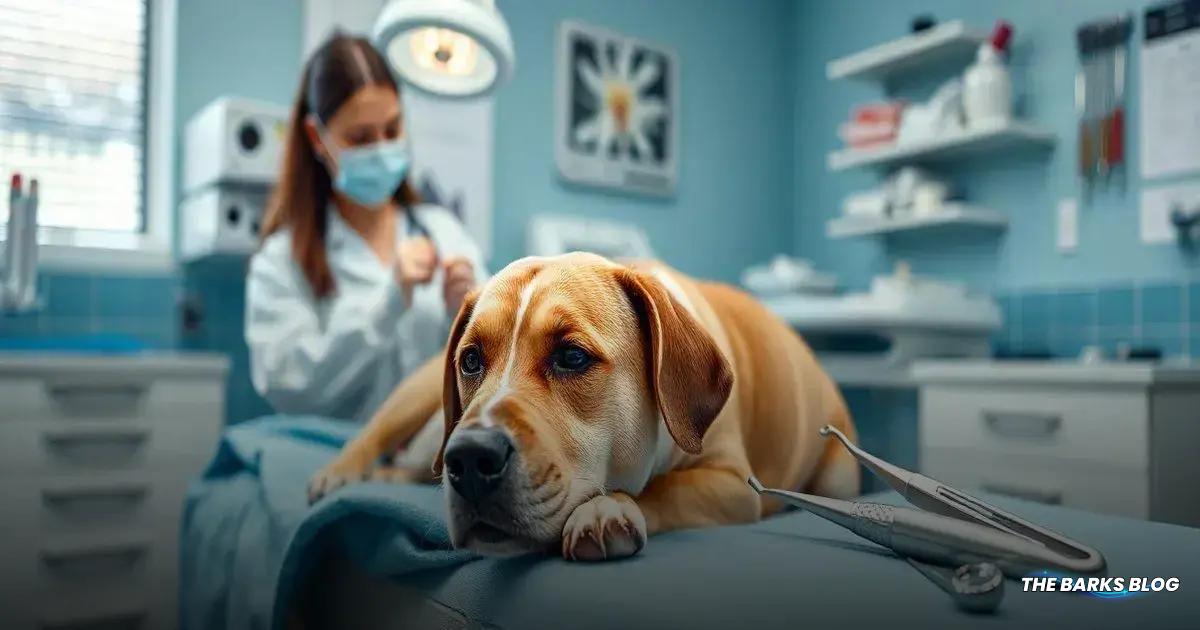
Canine Tooth Extraction: Preparation, Procedure & What to Expect
Preparing for a canine tooth extraction involves several steps to ensure your dog is ready for the procedure and to help the veterinarian perform the extraction safely and effectively.
Before the dental procedure, your veterinarian will conduct a thorough physical exam and evaluate your dog’s overall health. This includes:
- Physical exam and evaluation: Your vet will gather a complete medical history, perform a nose-to-tail examination, and discuss their findings with you. Bloodwork may be conducted to assess organ function and overall health, often scheduled at an initial appointment.
- Withholding food and water: Since your dog will be under general anesthesia, you will need to withhold food and water for about 6-12 hours prior to the appointment. Your vet will provide specific instructions based on your dog’s needs.
- Drop off and pick-up instructions: You will typically be instructed to drop your dog off early in the morning and pick them up later that same day. Detailed aftercare instructions will be provided for home care.
The Extraction Process
The extraction process can vary based on the affected tooth and the severity of dental disease. Generally, it involves the following steps:
- Step 1: Anesthesia: Your dog will receive anesthetic drugs to keep them comfortable and still during the procedure. This typically involves premedication, IV induction, and placement of an endotracheal tube for oxygen and gas anesthesia.
- Step 2: Dental cleaning, exam, and X-rays: The vet will scale, examine, and polish your dog’s teeth, taking X-rays to evaluate dental health and determine if any teeth need extraction.
- Step 3: Administering nerve blocks: Many veterinarians will inject a local anesthetic to numb the area before beginning the extractions for better pain control.
- Step 4: Flap creation: The vet will make an incision in the gum tissue to create a flap, allowing better access to the tooth and surrounding bone.
- Step 5: Bone removal: A drill is used to remove a small amount of bone around the tooth root to facilitate extraction.
- Step 6: Tooth sectioning: If the tooth has multiple roots, it may be cut into smaller pieces to make removal easier.
- Step 7: Elevation and extraction: Dental elevators and forceps are used to loosen, lift, and remove the tooth from its socket. Your vet may take additional X-rays to ensure no root fragments are left behind.
- Step 8: Suturing: The gingival flap is closed over the extraction site using dissolvable sutures.
- Step 9: Recovery: After the extraction, your dog will be closely monitored as they wake up from anesthesia.
Understanding the preparation, procedure, and what to expect can help ease your concerns about your dog’s tooth extraction and ensure a smoother experience for both you and your pet.
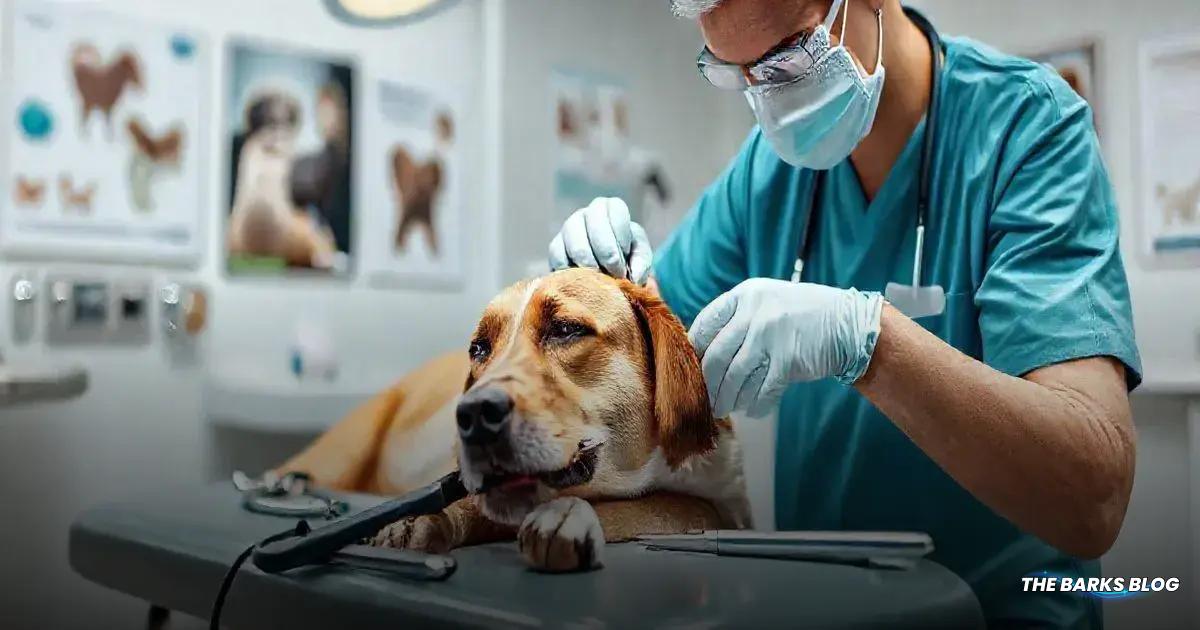
Dog Tooth Extraction Cost
The cost of dog tooth extraction can vary widely, typically ranging from $500 to over $3000. Several factors influence the overall cost, including:
The length and complexity of the procedure: The duration and complexity of the dental procedure depend on the extent of dental disease and the number of teeth that need to be extracted. More complex procedures will generally incur higher costs.
Which tooth or teeth require extraction: Incisor teeth are usually easier to extract due to their small size and single root, while canine teeth and multi-rooted teeth are more complicated and expensive to remove.
The number of extractions needed: If multiple teeth need to be extracted, the total cost will increase accordingly.
The reason for extraction: The severity of dental disease or the reason for extraction can affect the time and difficulty of the procedure. Fractured teeth tend to be more challenging to extract because their roots are often surrounded by healthy bone.
Your location: Veterinary care costs can vary significantly based on geographic location, which can impact the overall price of the procedure.
Your dog’s health: Senior dogs or those with pre-existing medical conditions may require additional testing and monitoring, potentially increasing the cost.
The quality of the vet clinic: Clinics that provide dental X-rays and follow standard care protocols may charge more, but this can help avoid complications.
Who performs the extraction: A board-certified veterinary dentist typically charges more than a general practitioner due to their specialized training and experience.
Anesthesia and medication costs: The cost of anesthesia and post-operative medications can vary, especially for larger dogs.
While these factors influence the cost, it’s essential to consult your veterinarian for a rough estimate before the procedure. They will also provide updates on the specific costs during the extraction process. Below is a potential cost breakdown for common dental services:
| Service/Procedure | Estimated Cost Range | Notes |
| Simple Extraction | $10-$35 per tooth | Single-rooted teeth, minimal surgical intervention |
| Complex Extraction | $75-$300 per tooth | Multi-rooted teeth or those requiring more extensive surgical intervention |
| Preoperative Blood Work | $50-$200 | Routine blood tests to assess overall health and suitability for anesthesia |
| Dental X-rays | $100-$300 | To evaluate tooth roots and surrounding bone structure |
| Anesthesia | $100-$300 | Varies with the length of the procedure and the size of the dog |
| Pain Medication & Antibiotics | $25-$100 | Prescribed to manage post-operative pain and prevent infection |
| Nerve Block | $25-$50 per site | Local anesthetic injection for pain management during and after the procedure |
| Dental Cleaning | $200-$300 | Often performed before or after extraction to address overall oral health |
While there are no low-cost options for dog tooth extractions, some clinics may offer basic services without comprehensive care. However, this approach can increase the risk of complications for your pet. If you have pet insurance, check if your plan covers dental work, which can help manage the costs associated with dental extractions.
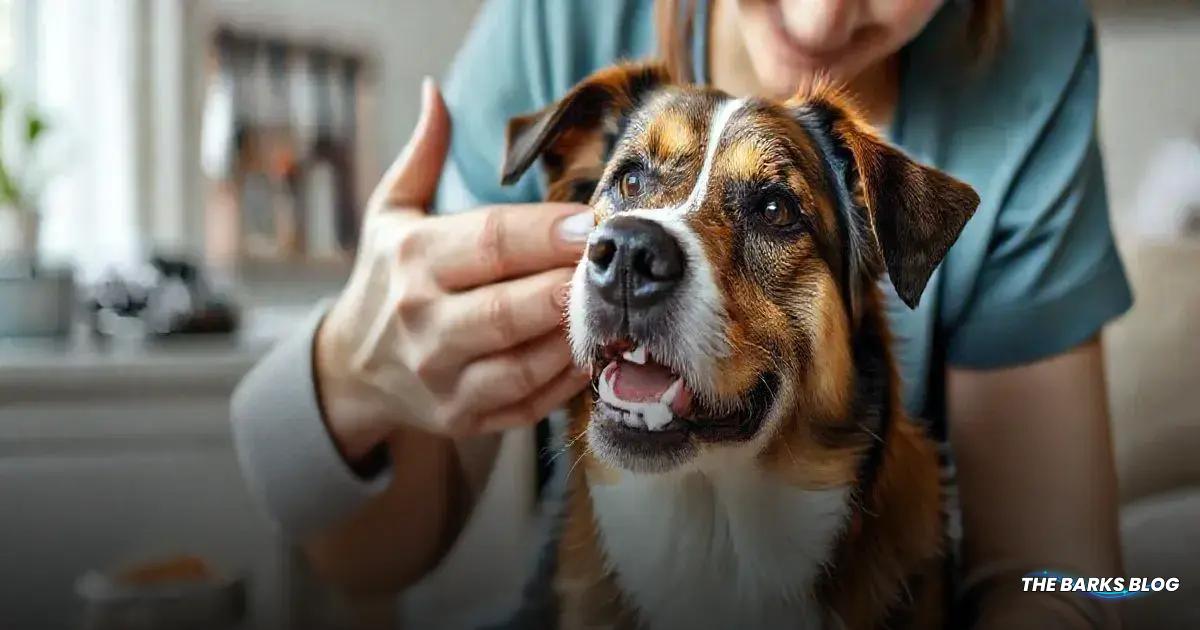
Dog Tooth Extraction Recovery and Aftercare
Recovery from a dog tooth extraction is typically smooth, with most dogs returning to their normal selves within a week or two. However, following your veterinarian’s recommendations for at-home care is crucial to ensure a successful recovery and to avoid complications.
Here’s a general timeline and what to expect during your dog’s recovery:
What to Expect During Recovery
Immediately After the Procedure
Your furry friend will likely be groggy from the anesthesia and may drool or bleed slightly for about 24 hours. It’s important to keep them confined and away from stairs or any objects that could cause injury until they regain their balance.
During the First 24-48 Hours
Offer small amounts of soft food to prevent gastrointestinal upset, and ensure your dog receives medications as prescribed by your vet. Monitor their condition closely.
During the First Week
Continue to feed your dog soft food, such as canned or moistened kibble, to avoid damaging the extraction sites. Keep your dog calm and quiet, allowing only gentle leash walks. Watch for signs of pain, swelling, excessive bleeding, or infection, such as foul odor or discharge. If your dog is pawing at their mouth, they may need to wear an E-collar to prevent further injury to the extraction sites.
Within 14 Days
By this time, the stitches should begin to dissolve, and most dogs will return to their regular eating habits and energy levels. This is a good moment to start a consistent at-home dental care routine, including daily tooth brushing.
Follow-Up Appointment
A follow-up appointment with your vet is recommended around two weeks post-extraction to check on the healing progress. If any concerns arise during the recovery period, contact your veterinarian immediately.
Comforting Your Dog
To help your dog feel more comfortable during recovery, consider:
- Applying cold compresses to the outside of their cheek to reduce swelling.
- Providing a warm, soft bed for them to rest.
- Handling them gently around the extraction site.
- Following your vet’s instructions carefully for medications and care.
While the idea of your dog undergoing a tooth extraction may seem daunting, with proper care and attention, they can recover quickly and comfortably. Maintaining a good dental care routine post-recovery will help prevent future dental issues and keep your dog’s teeth healthy.
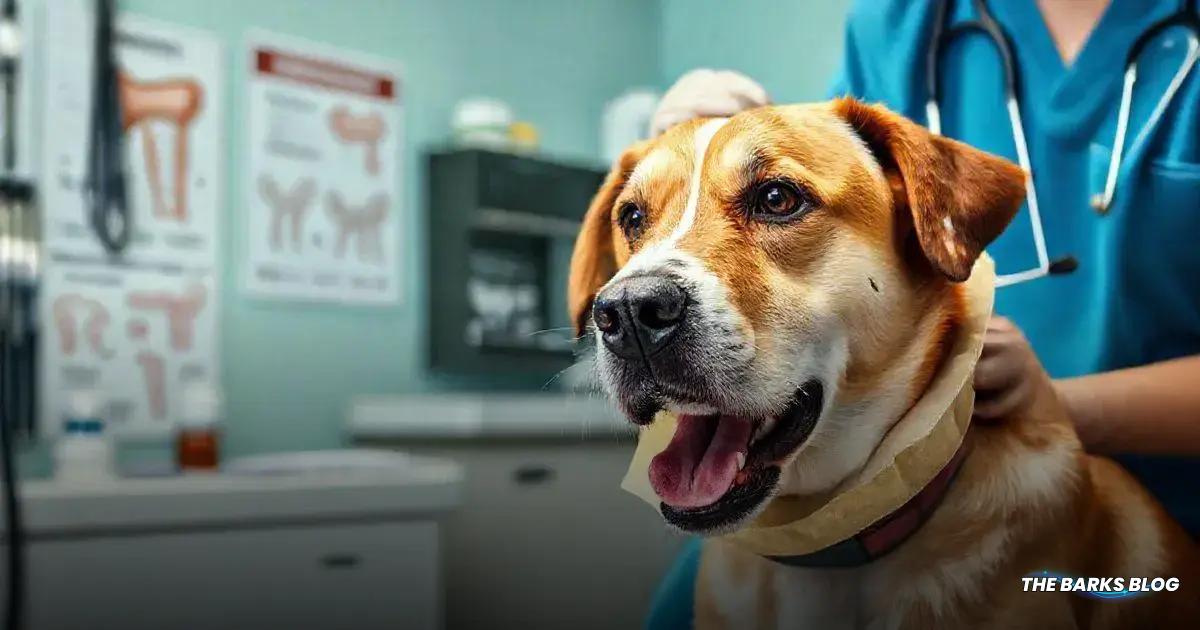
Possible Complications & Side Effects of Dog Dental Surgery
While dog dental surgery, including tooth extractions, is generally safe, there are potential complications and side effects that pet parents should be aware of. Understanding these risks can help you monitor your dog’s recovery and seek timely veterinary care if needed.
After dental extractions, it’s normal for dogs to experience:
- Minor pain: Some discomfort is expected following surgery, but it should be manageable with prescribed pain medications.
- Swelling: Mild swelling around the extraction site can occur and usually subsides within a few days.
- Bleeding: Blood-tinged saliva is common in the first 24 hours post-surgery. However, prolonged or heavy bleeding should be evaluated by a veterinarian.
- Gastrointestinal upset: Anesthesia or medications may lead to nausea or diarrhea in some dogs.
In rare cases, dental surgery can lead to more serious complications, including:
- Infection: Watch for signs of infection, such as increased swelling, redness, discharge, bad breath, loss of appetite, lethargy, or fever. While most dogs do not require antibiotics after extractions, those with abscessed teeth may need treatment.
- Excessive bleeding: While some bleeding is normal, heavy bleeding after a tooth extraction should prompt immediate veterinary attention.
- Nerve or tissue damage: Although rare, damage to surrounding tissues or nerves can occur, potentially affecting the mouth, face, or eyes. This is usually temporary but can sometimes lead to long-term issues.
- Jaw fracture: Small dogs with weakened jawbones may be at risk for fractures during dental extractions, particularly if they have underlying conditions such as cancer or severe periodontal disease.
- Retained root fragments: Occasionally, small pieces of tooth root may break off and remain in the gum after surgery, which can cause pain or infection later. Your vet will typically take X-rays post-extraction to ensure all parts of the tooth have been removed.
- Dehiscence: In some cases, the sutures may fail, causing the gingival flap to open. Your veterinarian may recommend a follow-up procedure to repair and resuture the area. Keeping your dog calm and using an E-collar can help reduce this risk.
- Anesthesia complications: Although rare, any surgical procedure involving anesthesia carries risks such as respiratory issues or allergic reactions.
While most dogs recover well from dental surgery, being aware of these potential complications allows you to act quickly if any concerning symptoms arise. Always follow your veterinarian’s post-operative care instructions and don’t hesitate to reach out if you notice anything unusual during your dog’s recovery.
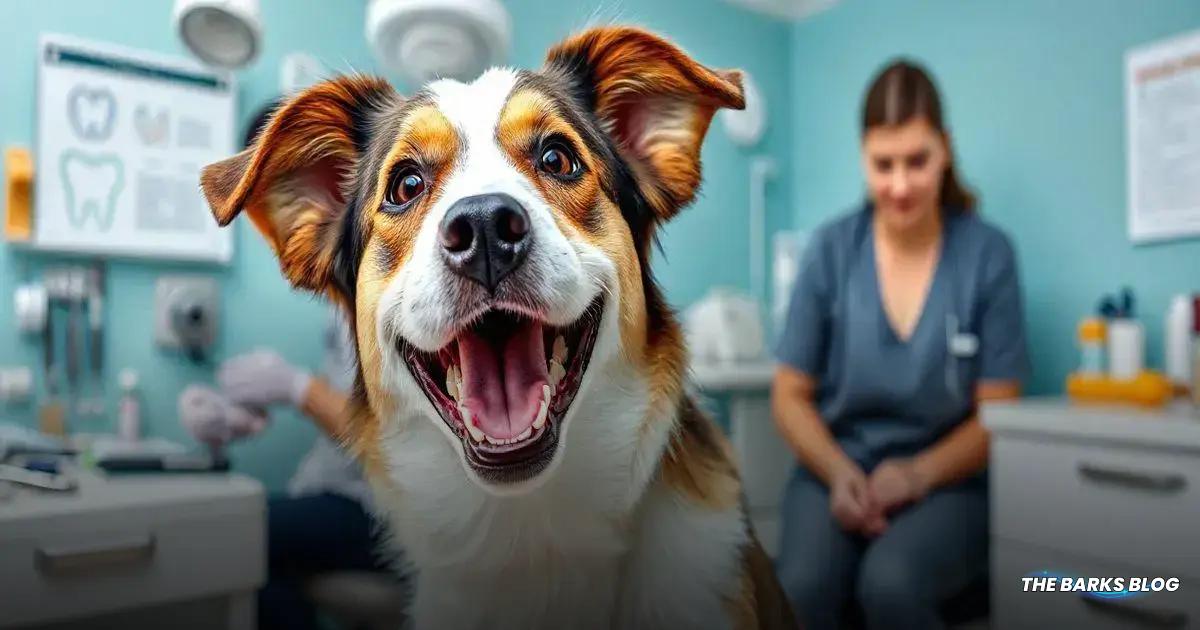
Preventing Tooth Extractions in Dogs
Preventing tooth extractions in dogs is essential for maintaining their overall dental health and comfort. Many cases of dental disease, particularly periodontal disease, are largely preventable with proper care and attention. Here are some effective strategies to help keep your dog’s teeth healthy and reduce the risk of needing extractions:
Routine Dental Cleanings
Regular dental cleanings performed by a veterinarian are crucial. These cleanings typically involve scaling, polishing, and thorough examinations under anesthesia, which can help prevent the buildup of plaque and tartar that leads to periodontal disease.
At-Home Dental Care
A consistent at-home dental care routine is vital. Consider the following:
- Daily tooth brushing: Brushing your dog’s teeth daily with pet-safe toothpaste can significantly reduce plaque buildup and keep their gums healthy.
- Dental treats and chews: Providing dental chews or treats designed to promote oral health can help keep your dog’s teeth clean and reduce plaque.
- Water additives: Some water additives are formulated to help reduce plaque and freshen breath. Consult your veterinarian before using these products.
Proper Diet
Feeding your dog a balanced diet that supports dental health is important. Some veterinarians recommend prescription dental diets that are specifically designed to reduce plaque and tartar buildup.
Avoid Hard or Abrasive Objects
Prevent your dog from chewing on hard objects, such as bones, antlers, or hard toys, which can lead to tooth fractures. Instead, choose softer toys that are safe for chewing.
Regular Veterinary Check-ups
Schedule regular veterinary check-ups to monitor your dog’s dental health. Your veterinarian can spot early signs of dental disease and recommend appropriate treatments before they escalate.
By taking proactive steps to maintain your dog’s dental health, you can help prevent the need for tooth extractions and ensure your furry friend enjoys a happy, healthy life with a bright smile.
Conclusion
In conclusion, understanding the process, costs, and recovery associated with dog tooth extraction is crucial for every pet parent.
While the thought of your dog undergoing dental surgery may be daunting, it is often a necessary step to ensure their long-term health and comfort.
By being proactive in dental care, including regular vet check-ups, at-home dental routines, and proper nutrition, you can significantly reduce the risk of dental disease and the need for extractions.
If your dog does require a tooth extraction, following your veterinarian’s guidelines for preparation, aftercare, and monitoring during recovery will help ensure a smooth healing process.
Remember, a healthy mouth contributes to a happy, active dog, so stay vigilant about your pet’s dental health!
FAQ – Frequently Asked Questions about Dog Tooth Extraction
What is a dog tooth extraction?
A dog tooth extraction is the surgical removal of a tooth, typically performed under general anesthesia as part of a dental cleaning and examination.
Why might my dog need a tooth extraction?
Dogs may need a tooth extraction due to reasons like periodontal disease, fractured teeth, tooth root abscesses, or other dental issues.
What can I expect during my dog’s recovery from a tooth extraction?
Recovery usually involves some grogginess, minor pain, and possible swelling. Most dogs return to normal within a week or two with proper care.
How much does a dog tooth extraction cost?
The cost of a dog tooth extraction can range from $500 to over $3000, depending on factors like the complexity of the procedure and the number of teeth extracted.
What are the potential complications of dog dental surgery?
Possible complications include infection, excessive bleeding, nerve or tissue damage, and retained root fragments, although these are relatively rare.
How can I prevent my dog from needing tooth extractions in the future?
Preventive measures include regular veterinary dental cleanings, at-home dental care routines, feeding a balanced diet, and avoiding hard objects that could fracture teeth.


